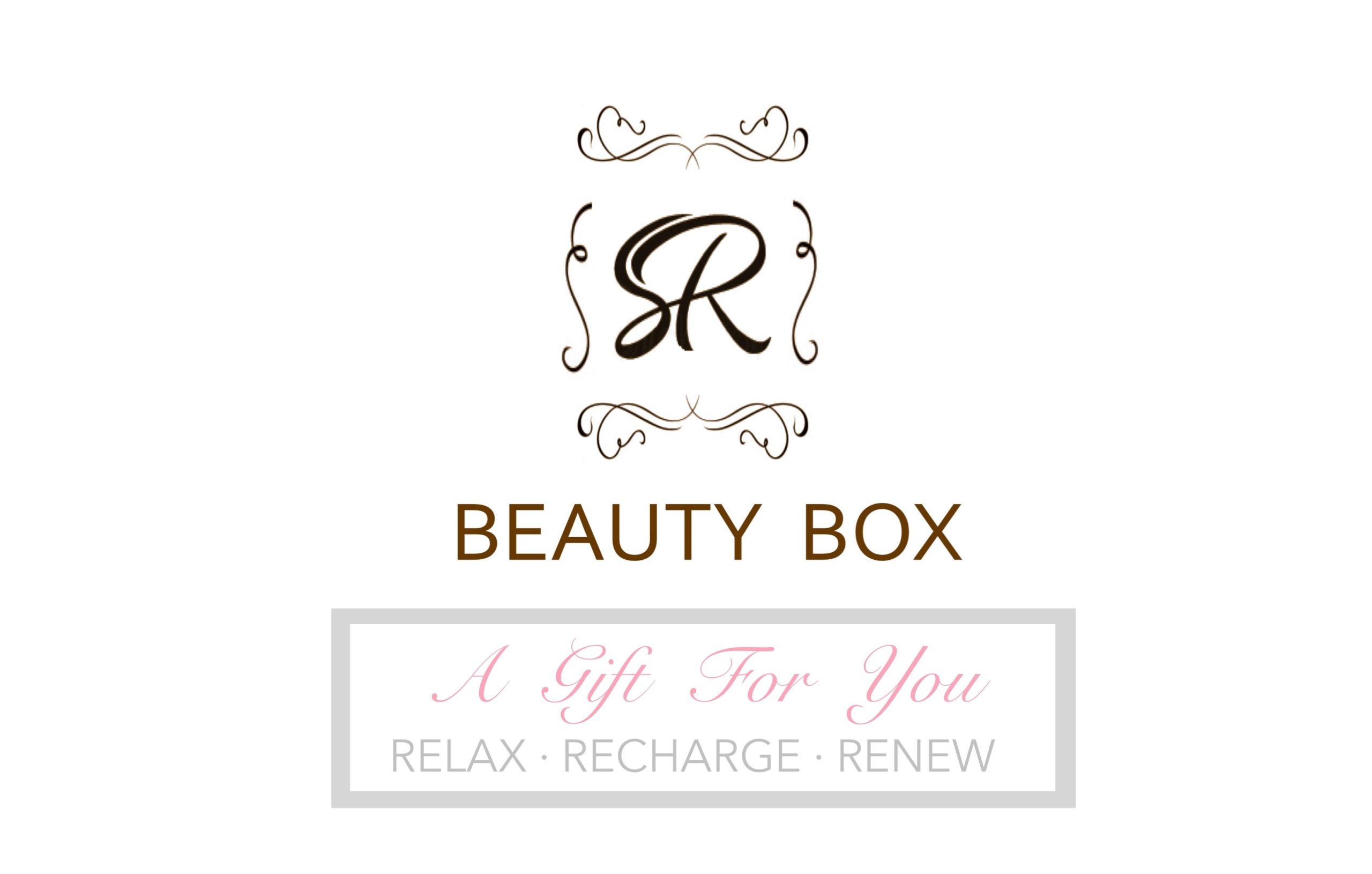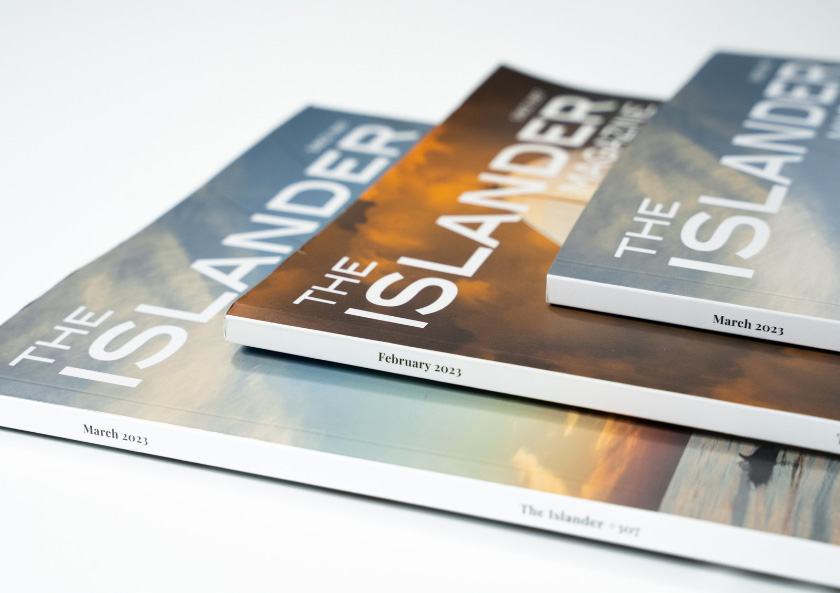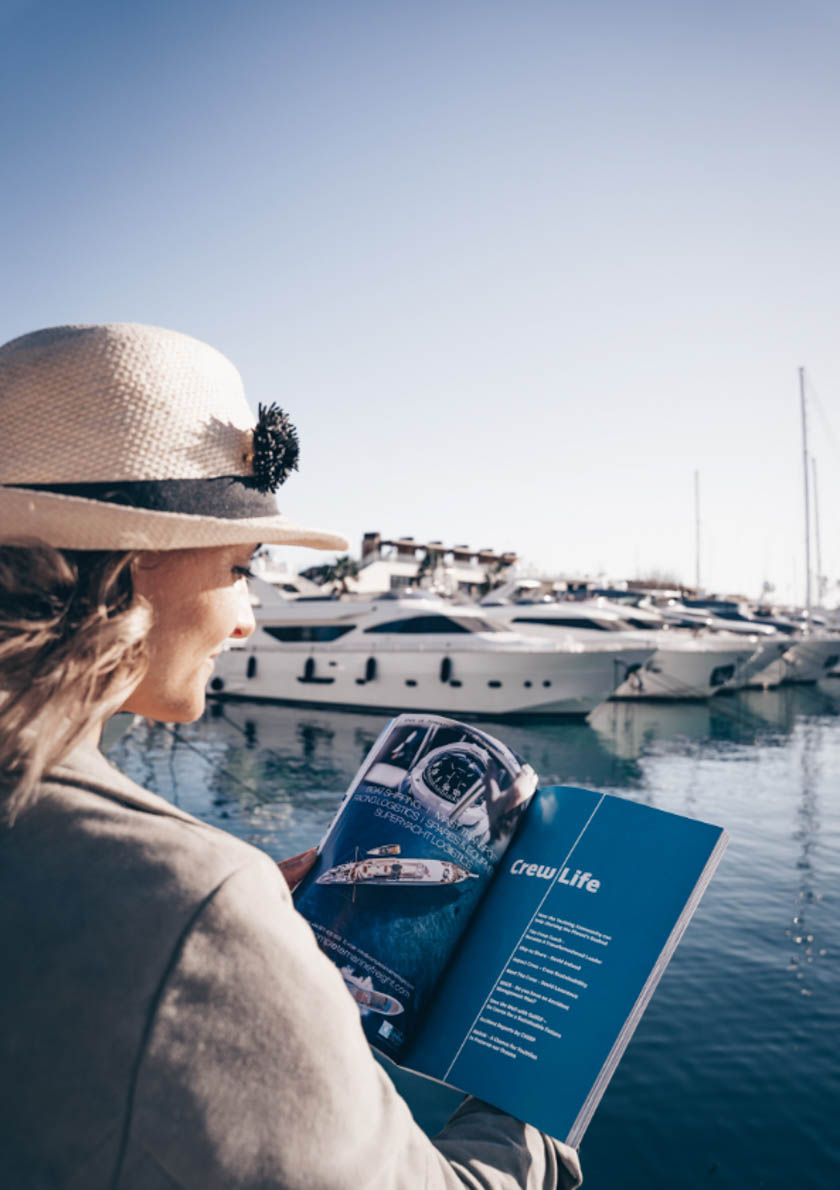Navigating through the world of fillers and injectables can be tricky. Not only do you need to educate yourself on the difference between neuromodulators (think Botox, Dysport and Xeomin), hyaluronic acid fillers (like Restylane, Juvéderm and Perlane) and collagen stimulators (such as Sculptra Aesthetic and Radiesse) and understand what purpose each one serves, but you also need to make sure that what you’re being injected with is the real deal. The problem with fillers is that there are so many counterfeitones out there and people don’t know what they’re getting.
They’re packaged to look like the real thing—the boxes look similar but you have no idea what’s really in these products. These counterfeit products can contain dangerous materials or contaminants so you really have to be weary.
Before anything is ever injected into your face, rule number one is to make sure that only a board-certified dermatologist, plastic surgeon or facial plastic surgeon, who happens to be an expert injector, is the one wielding the needle. “You always want to go to someone who’s a board-certified doctor because they know how to handle skin complications should they arise. Plus, they’re usually better trained and have a better injecting technique.
Once you know you’re in good hands, ask to see the products that your doctor plans to inject.
If you don’t know what’s being used on you—or worse off, your injector can’t tell you where the product has been purchased or show proof that it was bought directly through the manufacturer—you’re probably better off not putting anything into your face at all.
While they may be a less-expensive option than FDA-approved injectables, the only thing that you can be sure of getting is the potential for risks and complications. Nodules and granulomas are often the trade-off for nondescript fillers being used, which are pretty hard to remove and sometimes need to be cut out. You can also be left with an infection or scarring.
To save 50 /100 bucks and go to some fly-by-night place to have something you have no idea what it is injected into your face just isn’t worth it
At what age should we begin to use eye contours?
What type of contour do I need?
The area that includes the lower and upper eyelid is one of the most sensitive of the face, the skin is finer and is subjected to a frenetic activity: blinking, expressions, winks, etc. A constant “exercise” that is joined by other types of aggression: lack of sleep, stress, bad habits, UV radiation, pollution,etc. This is why to keep it youthful becomes one of our main objectives.
Every eye contour is different and deserves a different product that adapts to its specific needs.
Depending on our age, environment, personal situation, lifestyle and habits, different problems can appear that we must face in the most personalised way. The best thing to do is to go to an Aesthetics Centre where a professional will make a diagnose and will advise you on the best action to take. However, here are a few clues.
We recommend beginning to treat the area at the age of 25, when the first signs of ageing appear. From the age of 35/40 on it is advisable to be constant and use cosmetics that provide firmness and erase signs of fatigue.
For advice on any aspect please contact Sofya Rosher at: info@sofyarosher.com














0 Comments